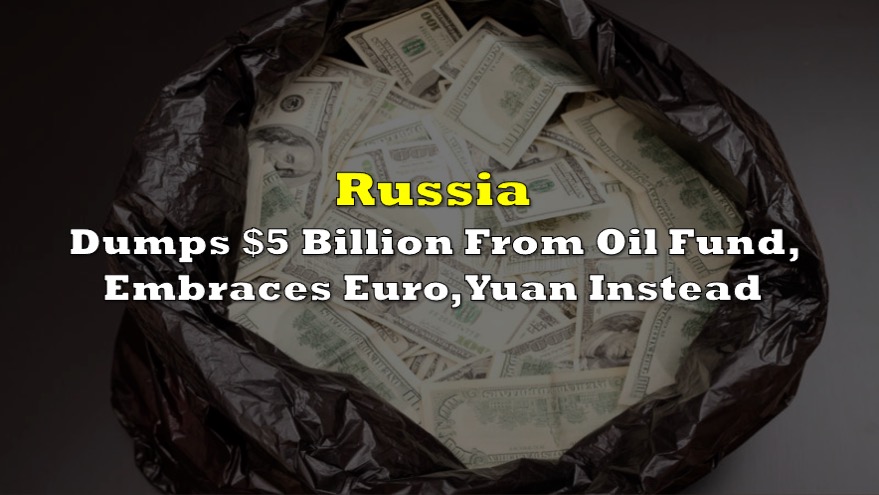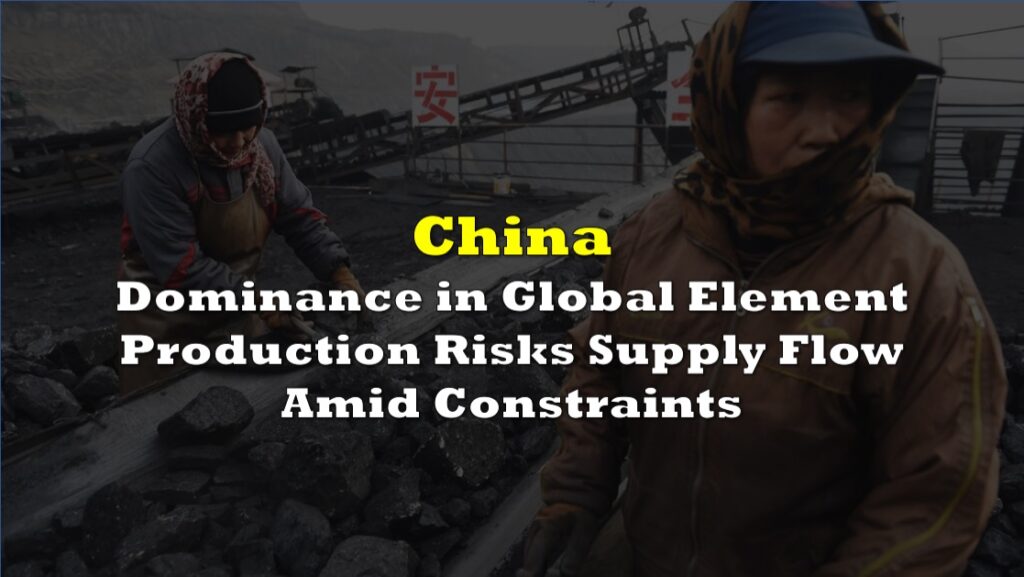For India, the nation poised to become the world’s third-largest economy by 2027, things just keep getting better.
The lessons from and long-term effects of China’s relentless Covid restrictions (the real long Covid), as well as the geopolitical risks of trade reliance on the autocratic nation are pushing major companies to move their supply chains out of China. And so India — with its young population and vast labor pool, manufacturing experience, and infrastructure — is emerging as a viable alternative.
Apple Inc (NASDAQ: AAPL), which has been producing a small portion of its iPhones in India since 2017, started to move major parts of its manufacturing operations to India along with Brazil earlier this year in an effort to navigate China’s stringent Covid restrictions.
This effort has since expanded. Earlier this month, it was reported that the tech giant is moving production out of China. A decision that was spurred by turmoil in its Zhengzhou facility, where the company’s manufacturing partner Foxconn Technology Group employs as many as 300,000 workers.
Apple started instructing suppliers to plan more aggressively for producing Apple products in other parts of Asia, including India and Vietnam. The company has also begun easing its reliance on Taiwanese assemblers led by Foxconn.
Since Apple started to move bigger parts of its production process to India earlier this year, the country’s exports have soared to over US$1 billion.
The Biden administration’s curbs on semiconductor export restrictions on China, while not likely to knock China off its seat as the global leader in chipmaking, is prompting more major companies to shift their chipmaking capabilities to India and Vietnam.
READ: TSMC Founder Morris Chang: “Globalization Is Almost Dead”
However, India still has some challenges to overcome in order to succeed China as the world’s new manufacturing hub. The country’s complex bureaucracy and history of protectionism make it less competitive in terms of attracting large investments.
Additionally, most of India’s manufacturing sector consists of small and midsize factories due to federal regulations and protections for SMEs. This means that India may not be able to manufacture at the same scale as China, which has built up a value chain over the last four decades.
But companies also aren’t expected to turn to India all at once, and for their entire manufacturing operations, having already learned the importance of diversification from what happened in China.
What’s clear is that India, from where it stands, is only likely to benefit from the shifting dynamics of international trade.
Information for this briefing was found via the Wall Street Journal, Business Insider, CNBC, and the sources and companies mentioned. The author has no securities or affiliations related to the organizations discussed. Not a recommendation to buy or sell. Always do additional research and consult a professional before purchasing a security. The author holds no licenses.









